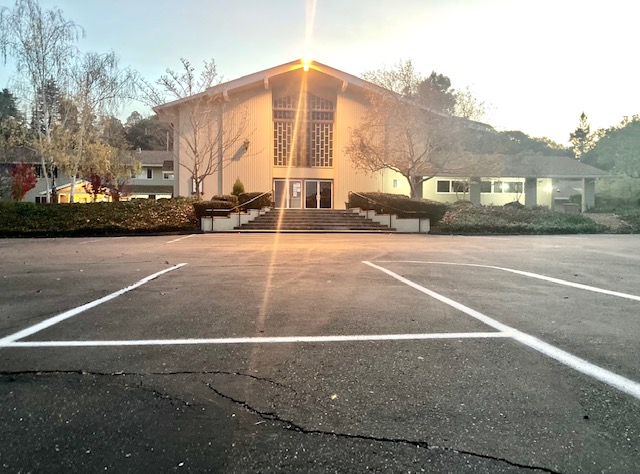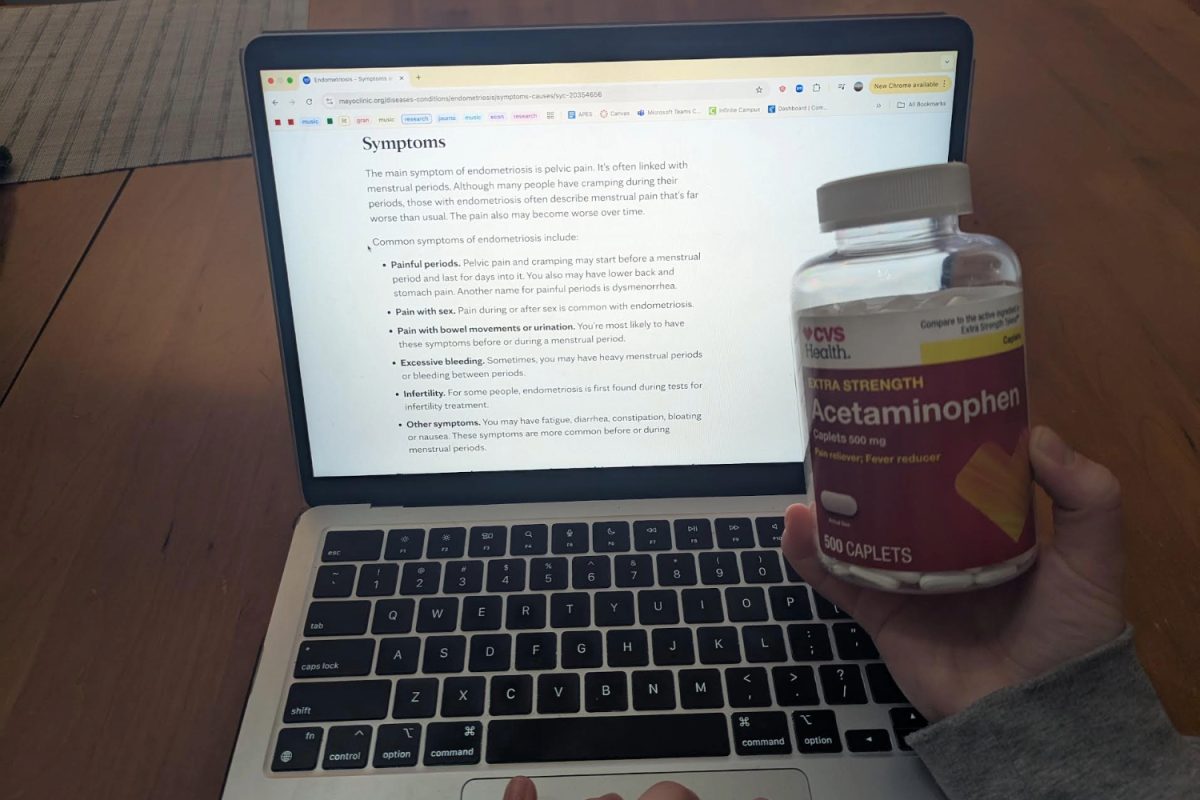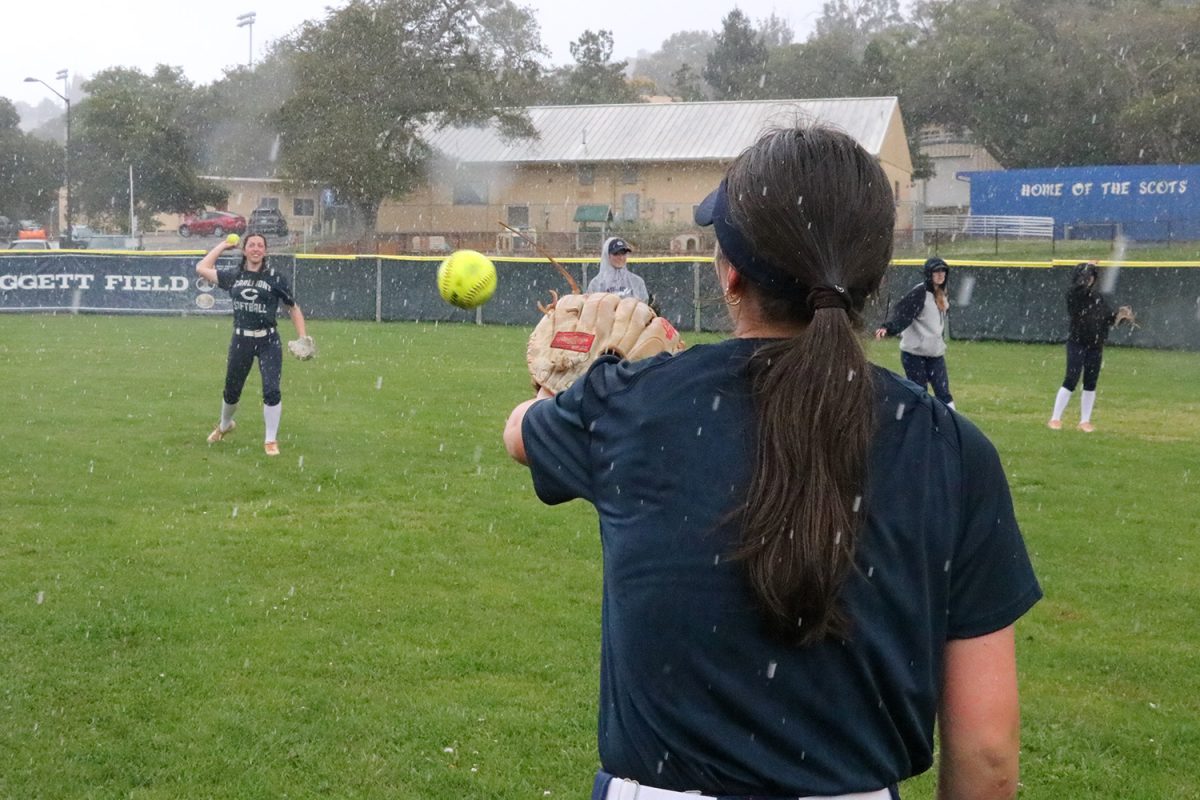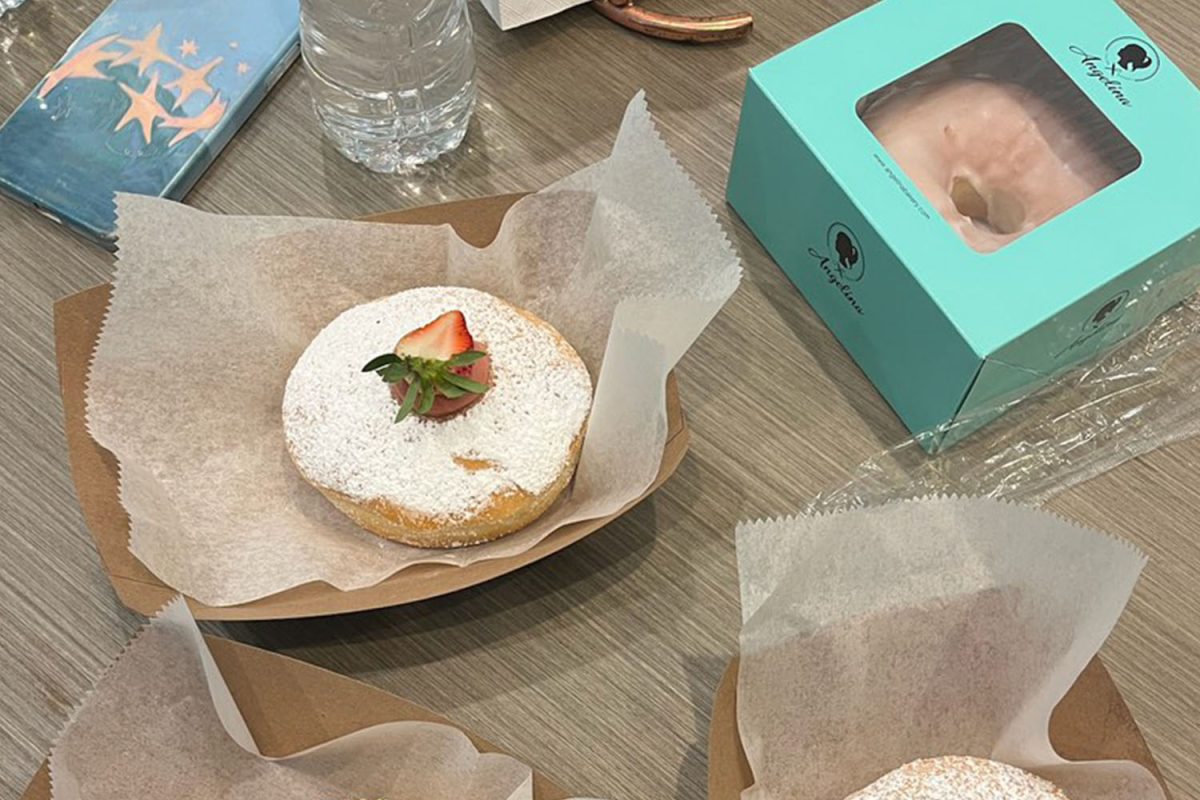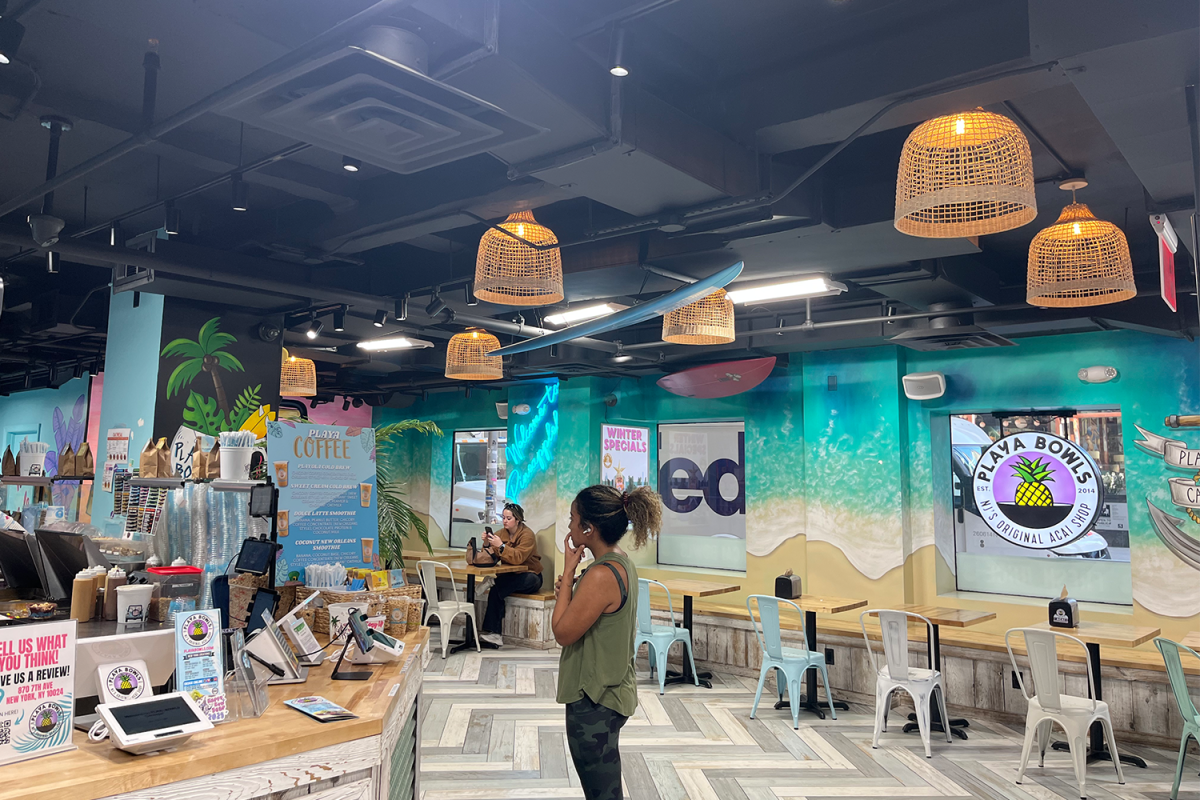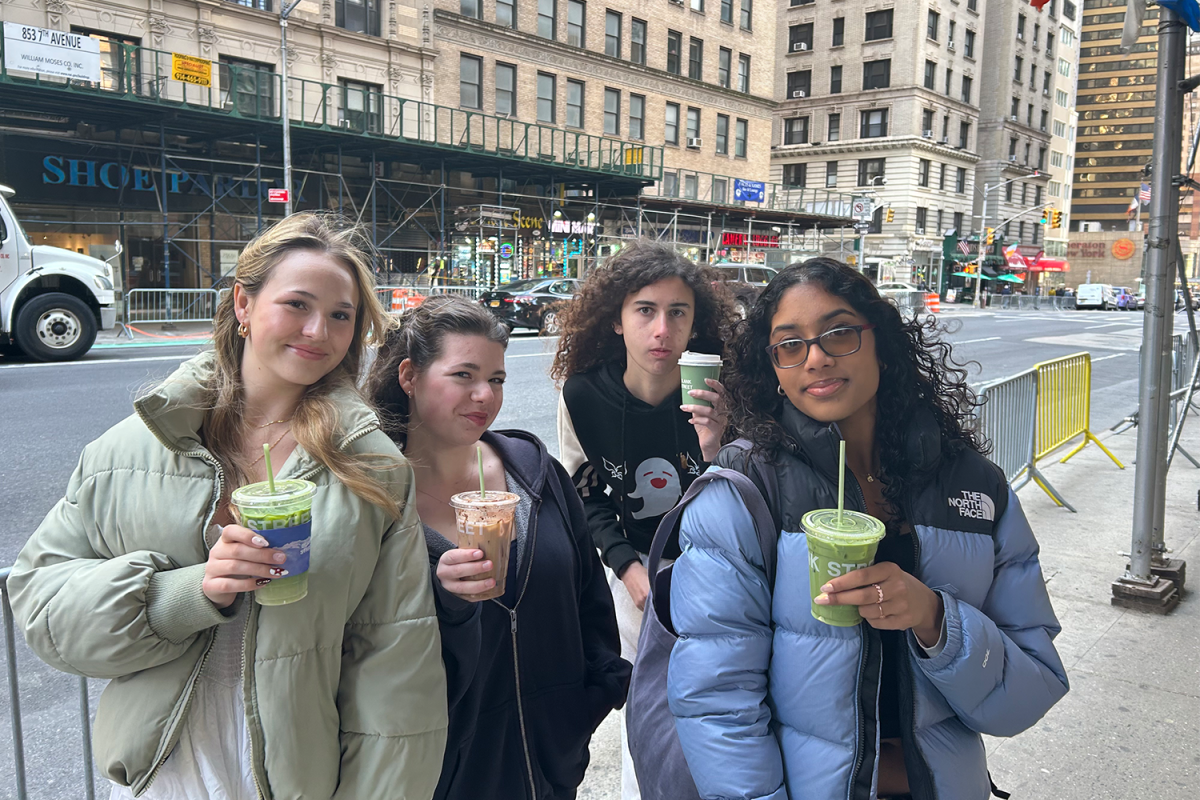The American Academy of Pediatrics states that 6% of American youth will find themselves in foster care before age 18.
That’s over 400,000 kids adapting to a new home, school, and family: a process which has recently been stifled by the COVID-19 pandemic.
Throughout 2020, county health orders have enacted “stay at home” regulations, which could keep children in unsafe environments. Although a Forensic Science International report has found that reports of child abuse cases have decreased since the early stages of COVID-19, experts acknowledge that the issue has not gone away.
Judy Holmes, the director of family services at the non-profit organization Help One Child, recognizes that current circumstances may be concealing dangerous situations.
“There are not a lot of kids coming into foster care right now because there are no eyes on the kids, no teachers, parents, or friends to call CPS (Child Protective Services),” Holmes said. “We believe that child abuse and neglect is going on behind closed doors, where nobody can see it.”
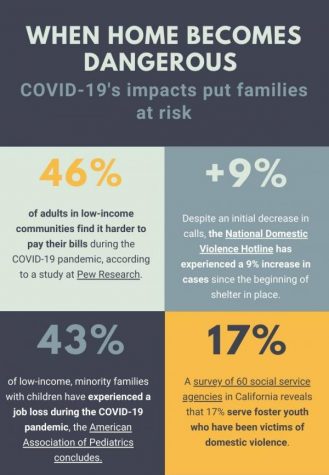
Along with a rising death toll, COVID-19 has brought economic hardship, stress, and fear upon some of the most vulnerable communities. This raises concern over the number of children living in a secure home environment.
This organization and others hope to change that.
Over the past 24 years, Holmes has been a part of Help One Child in volunteer and administrative capacities, working to educate foster parents and provide support to at-risk families.
Utilizing over 3,500 local church communities, Help One Child hosts events and trainings in Santa Clara, San Mateo, Sonoma, Alameda, and Contra Costa counties. Although the COVID-19 pandemic has altered their programs, their mission remains the same.
“Now, we do everything virtually,” Holmes said. “We have about six support groups for kinship, foster, and adoptive parents dedicated to topics like attachment and trauma, as well as quarterly foster parent trainings, which now take place over Zoom.[…] We are working with at-risk families through CarePortal, an online platform.”
If a family is unable to access resources, CarePortal allows their case manager to directly contact churches that are part of the program. Members of those churches then contribute to meet the family’s need, in hopes that it will keep them safe and offer stability.
Help One Child and their programs could not exist without community members interested in helping others. Foster families, social workers, and volunteers all join forces to make the organization function.
Nicole Davis*, San Mateo county resident and foster parent, has known she wanted to open her home to others since her youth.
“I’ve always felt like I could love someone who wasn’t in my gene pool as much as I love my biological family,” Davis said. “Relationships can be as meaningful as you make them.”
For Davis and her family, COVID-19 and the impending risks of flu season have not been obstacles to their involvement in foster care; however, she acknowledges that it has changed how the system operates.
“We’re not in the stage of placement where we are completing paperwork or meeting a child, but our social worker, who we love and is a great support system, now meets with us over Zoom,” Davis said. “That’s been hard because when challenging things come up, and they do, you’re not talking to someone face to face.”
Despite this challenge, Davis believes strongly in the foster care system and uses it to shape her perception of the world.
“I like to think that the person I don’t know sitting next to me is someone I could be just as intimately connected to as my biological child,” Davis said. “It makes the world a smaller and safer place. […] If you’re interested in becoming a foster parent, make the call now. There’s never a better time.”
*This name has been changed to protect the anonymity of the source, in accordance with Carlmont Media’s anonymous sourcing policy.


